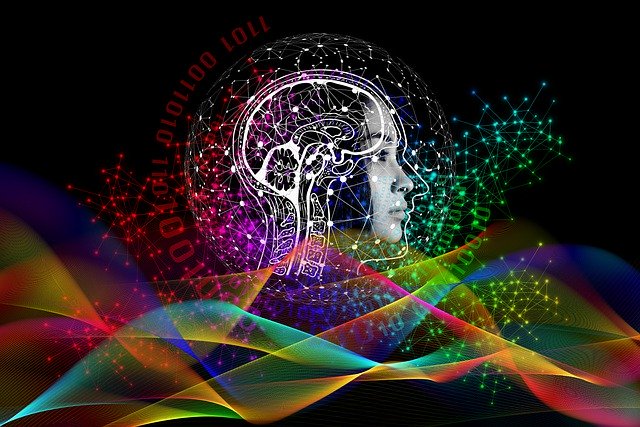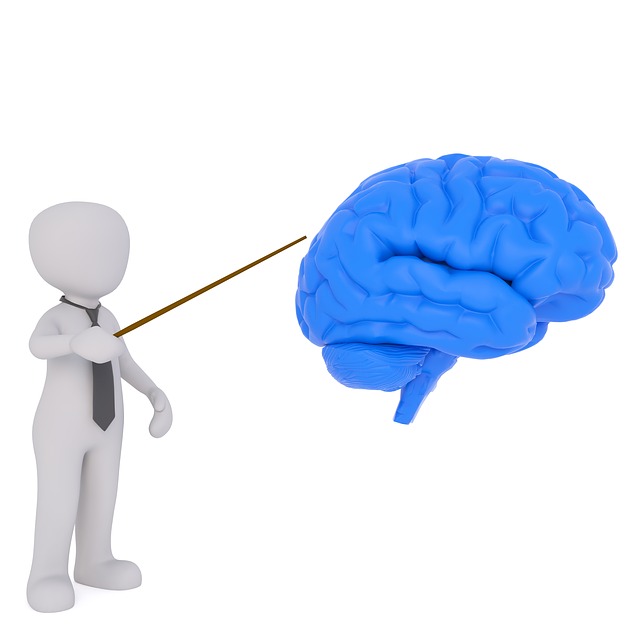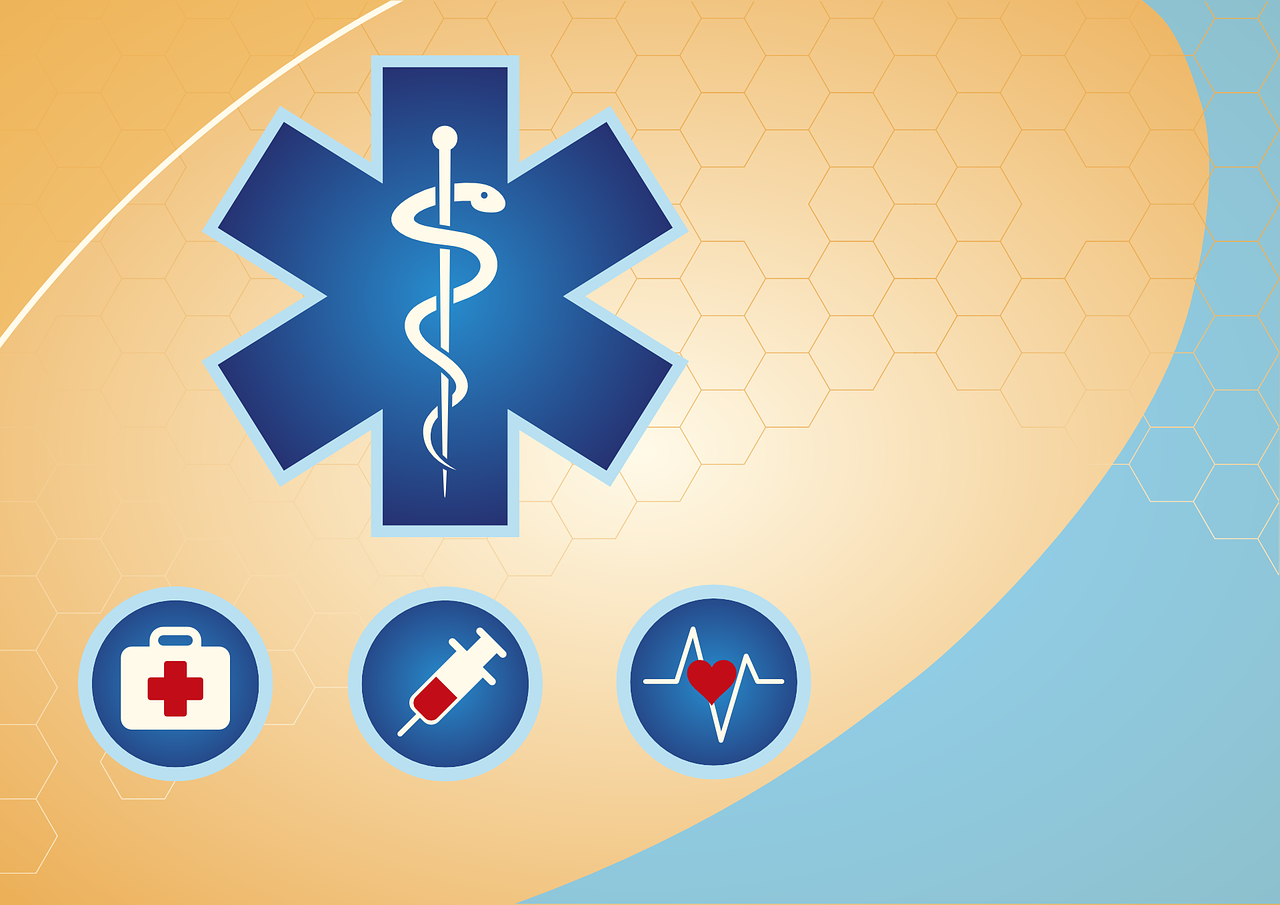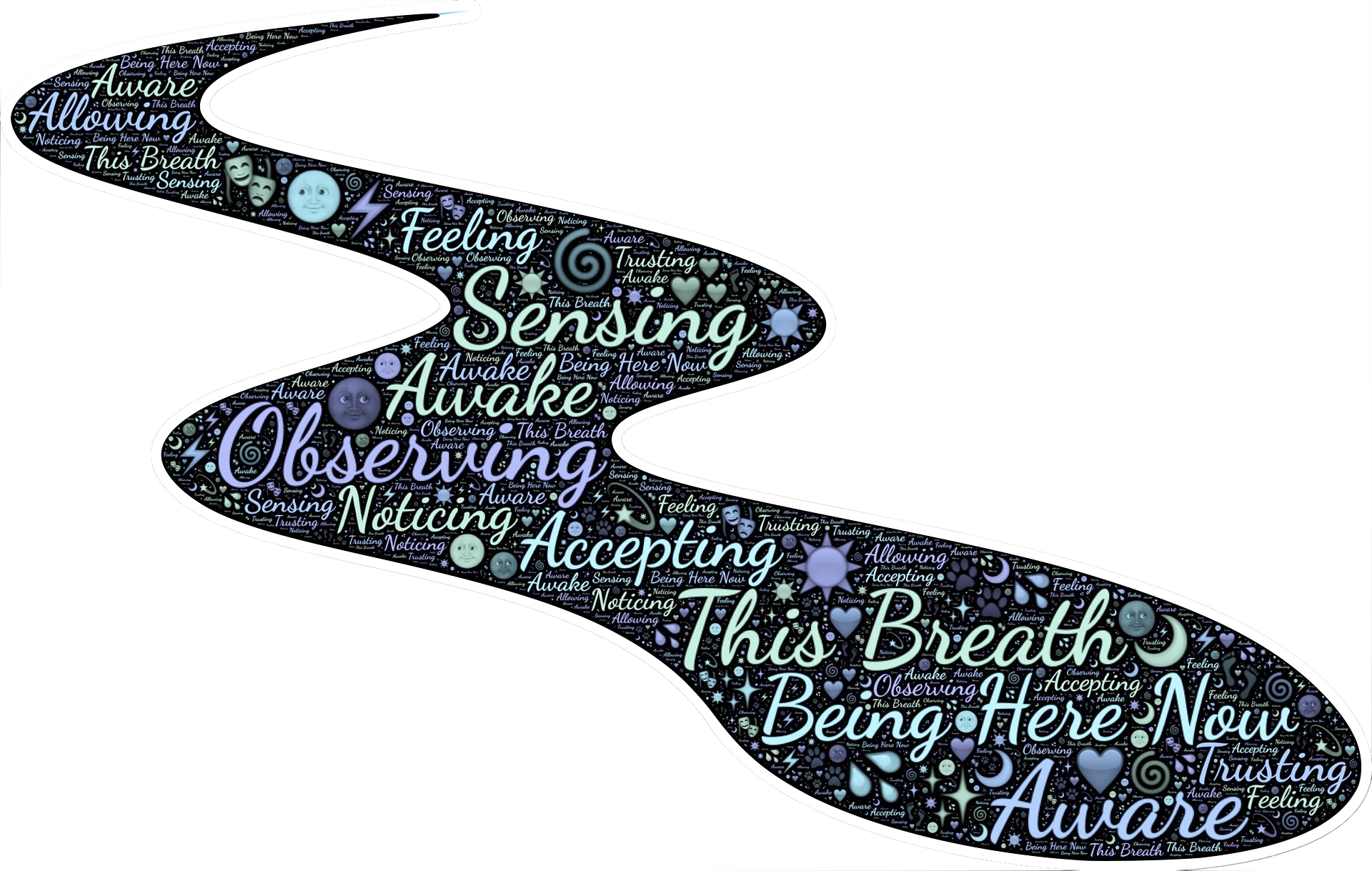Brain Basics: Preventing Stroke
Introduction
What is a Stroke?
A stroke, or "brain attack," occurs when blood circulation to the brain fails. Brain cells can die from decreased blood flow and the resulting lack of oxygen. There are two broad categories of stroke: those caused by a blockage of blood flow and those caused by bleeding into the brain. A blockage of a blood vessel in the brain or neck, called an ischemic stroke, is the most frequent cause of stroke and is responsible for about 80 percent of strokes. These blockages stem from three conditions: the formation of a clot within a blood vessel of the brain or neck, called thrombosis; the movement of a clot from another part of the body such as the heart to the brain, called embolism; or a severe narrowing of an artery in or leading to the brain, called stenosis. Bleeding into the brain or the spaces surrounding the brain causes the second type of stroke, called hemorrhagic stroke.
Two key steps you can take will lower your risk of death or disability from stroke: control stroke's risk factors and know stroke's warning signs. Scientific research conducted by the NINDS has identified warning signs and a large number of risk factors.


What are Warning Signs of a Stroke?
Warning signs are clues your body sends that your brain is not receiving enough oxygen. If you observe one or more of these signs of a stroke or "brain attack," don't wait, call a doctor or 911 right away!
- Sudden numbness or weakness of face, arm, or leg, especially on one side of the body
- Sudden confusion, or trouble talking or understanding speech
- Sudden trouble seeing in one or both eyes
- Sudden trouble walking, dizziness, or loss of balance or coordination
- Sudden severe headache with no known cause
Other danger signs that may occur include double vision, drowsiness, and nausea or vomiting. Sometimes the warning signs may last only a few moments and then disappear. These brief episodes, known as transient ischemic attacks or TIAs, are sometimes called "mini-strokes." Although brief, they identify an underlying serious condition that isn't going away without medical help. Unfortunately, since they clear up, many people ignore them. Don't. Paying attention to them can save your life.
What Are the Treatable Risk Factors?


Brain Stroke Symptoms



